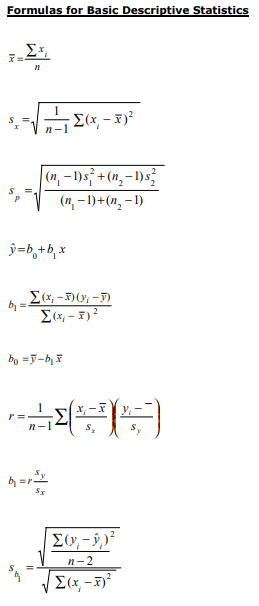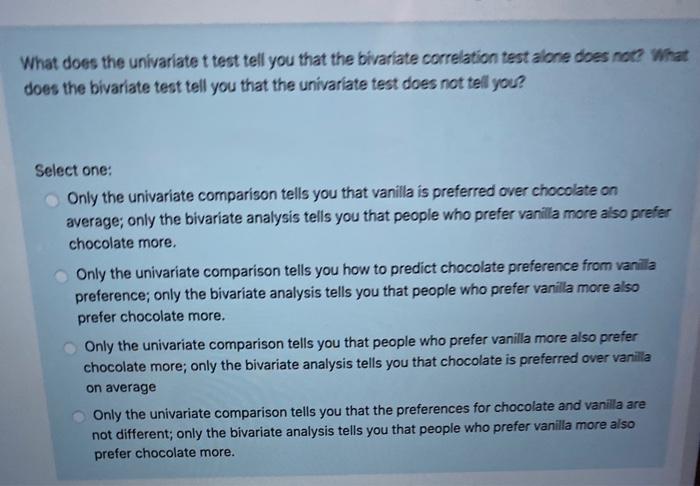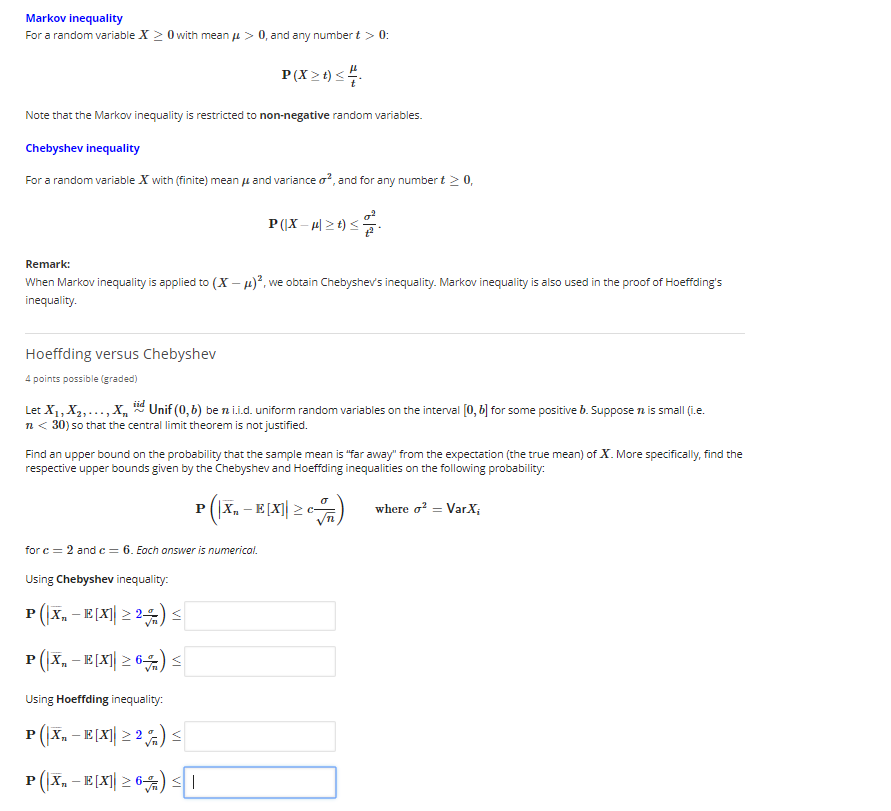Workings needed
\fWhat does the univariate t test tell you that the bivariate correlation test alone does not? What does the bivariate test tell you that the univariate test does not tell you? Select one: Only the univariate comparison tells you that vanilla is preferred over chocolate on average; only the bivariate analysis tells you that people who prefer vanilla more also prefer chocolate more. Only the univariate comparison tells you how to predict chocolate preference from vanilla preference; only the bivariate analysis tells you that people who prefer vanilla more also prefer chocolate more. Only the univariate comparison tells you that people who prefer vanilla more also prefer chocolate more; only the bivariate analysis tells you that chocolate is preferred over vanilla on average Only the univariate comparison tells you that the preferences for chocolate and vanilla are not different; only the bivariate analysis tells you that people who prefer vanilla more also prefer chocolate more.A Markov chain with state space {1, 2, 3} has transition probability matrix 0.6 0.3 0.1\\ P. = 0.3 0.3 0.4 0.4 0.1 0.5 (a) Is this Markov chain irreducible? Is the Markov chain recurrent or transient? Explain your answers. (b) What is the period of state 1? Hence deduce the period of the remaining states. Does this Markov chain have a limiting distribution? (c) Consider a general three-state Markov chain with transition matrix P11 P12 P13 P = P21 P22 P23 P31 P32 P33 Give an example of a specific set of probabilities p;; for which the Markov chain is not irreducible (there is no single right answer to this, of course !).Markov inequality For a random variable X 2 0 with mean / > 0, and any numbert > 0: P (X > D). Note that the Markov inequality is restricted to non-negative random variables. Chebyshev inequality For a random variable X with (finite) mean / and variance of, and for any number t 2 0, P(X -/| 20) . Remark: When Markov inequality is applied to (X - ()", we obtain Chebyshev's inequality. Markov inequality is also used in the proof of Hoeffding's inequality. Hoeffding versus Chebyshev 4 points possible (graded) Let X1, X2, ..., X'n " Unif (0, b) be ni.i.d. uniform random variables on the interval [0, b] for some positive b. Suppose n is small (i.e. 7










